Dictionary
Childhood

- Spanish word:
-
Niñez
- Audio:

Niñez
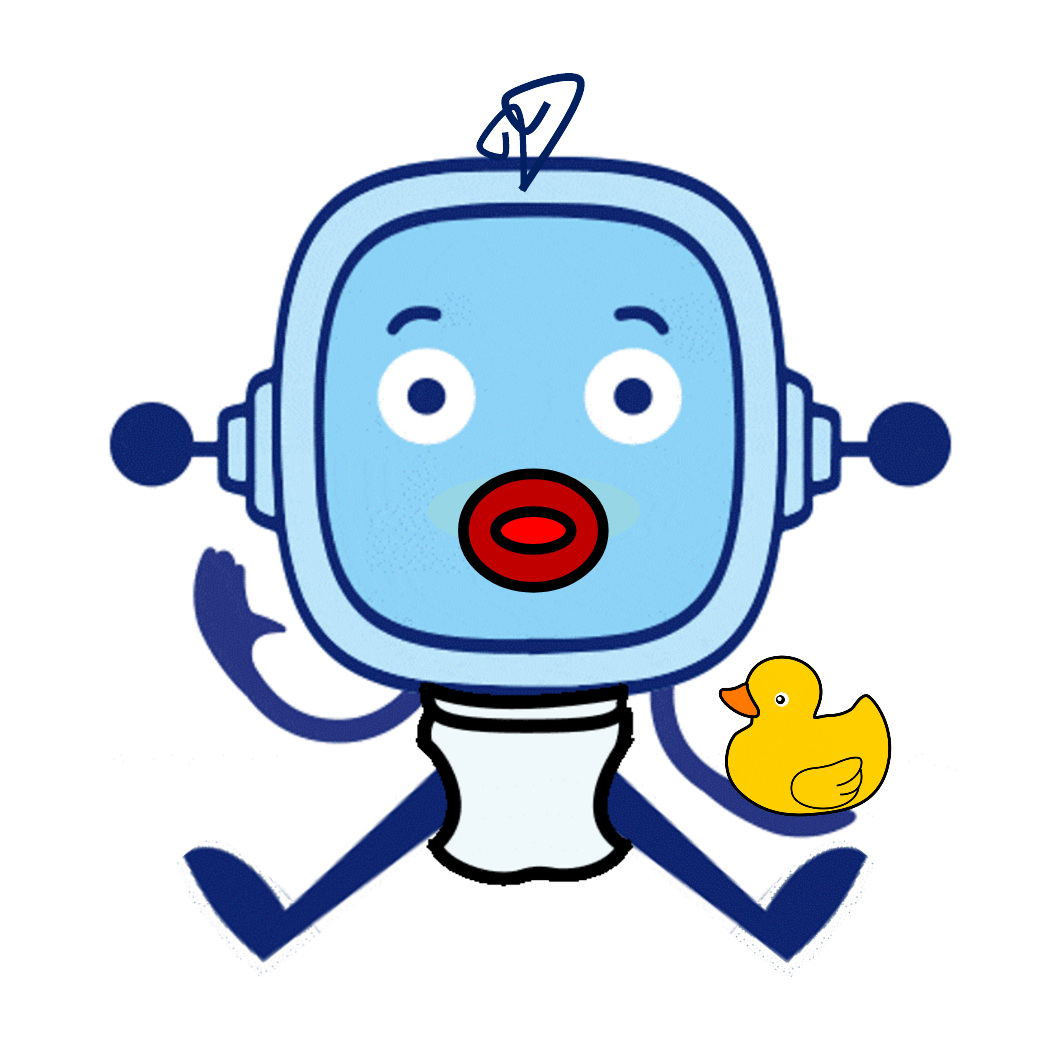
An interview intends to get concrete information about a topic, a person, or a life story. What you’ll learn now will highlight this and help you with the final goal.
.
The INTERVIEW
Features of the INTERVIEW
Features of the INTERVIEW
Types of INTERVIEW
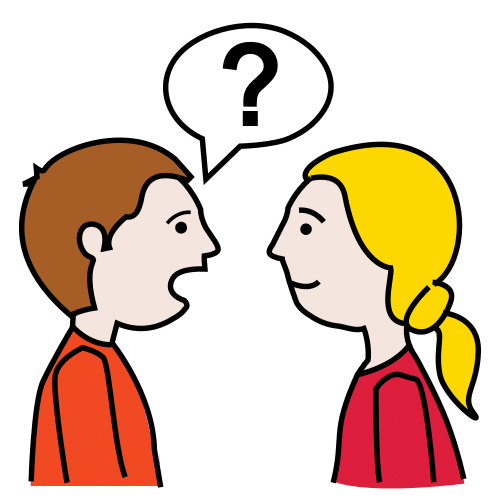 An INTERVIEW is a conversation between two people.
An INTERVIEW is a conversation between two people.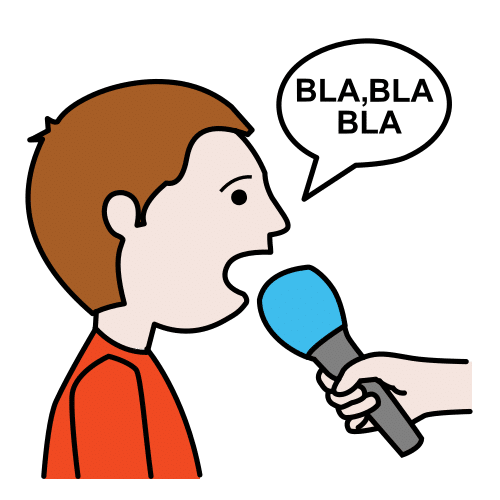 In an interview there are two roles: the interviewer and the interviewee.
In an interview there are two roles: the interviewer and the interviewee. The interviewer makes the questions.
The interviewer makes the questions. The interviewee answers the questions.
The interviewee answers the questions.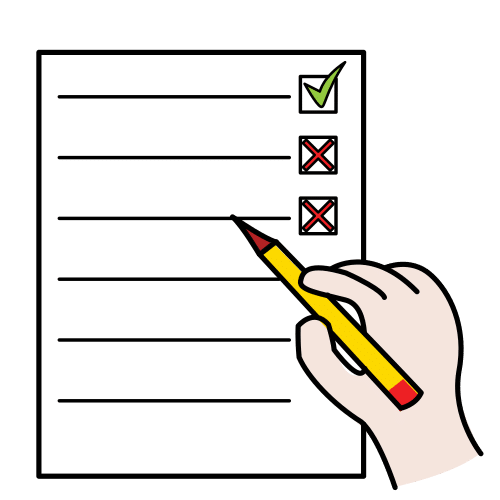 The SURVEY is an interview with several answers to choose.
The SURVEY is an interview with several answers to choose. A QUESTIONNAIRE is an interview for an investigation or a study.
A QUESTIONNAIRE is an interview for an investigation or a study.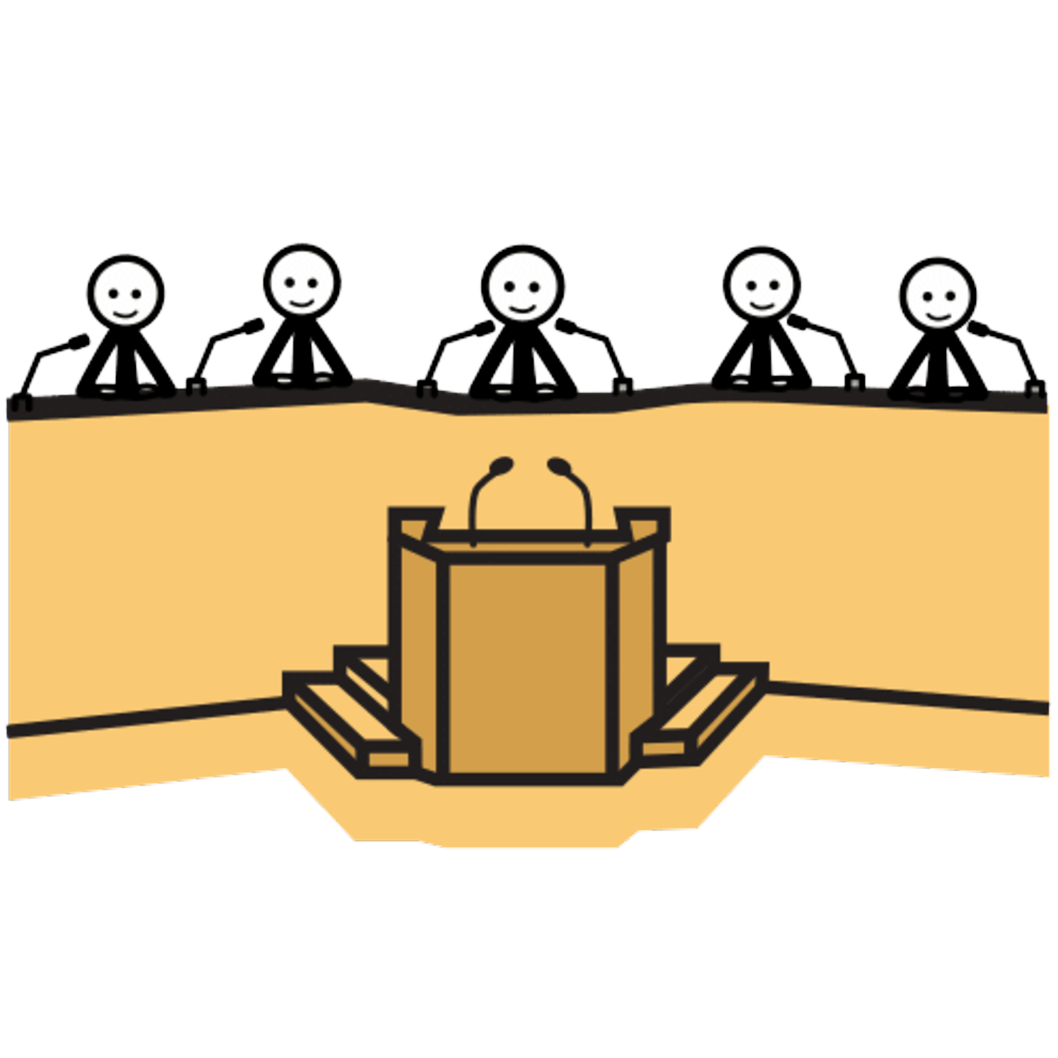 A ROUNDTABLE DISCUSSION is an interview with more than one interviewee.
A ROUNDTABLE DISCUSSION is an interview with more than one interviewee.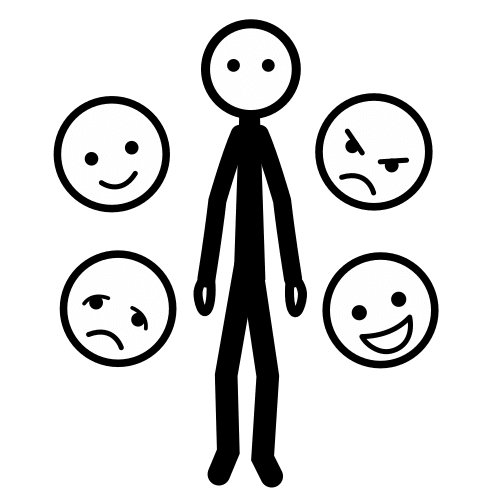 The interviewer prepares the conditions for a good communication.
The interviewer prepares the conditions for a good communication.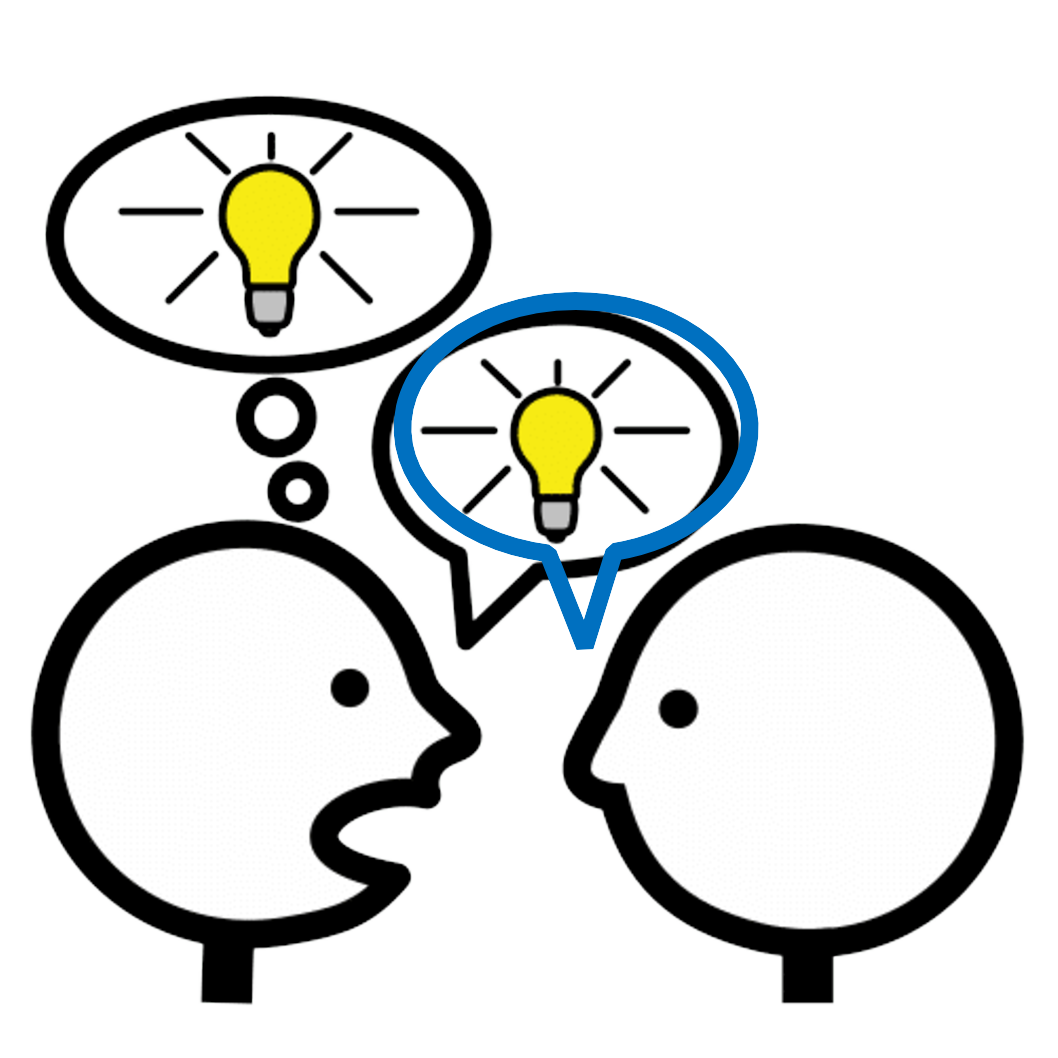 The interviewee has to know the topic of the questions before the interview.
The interviewee has to know the topic of the questions before the interview.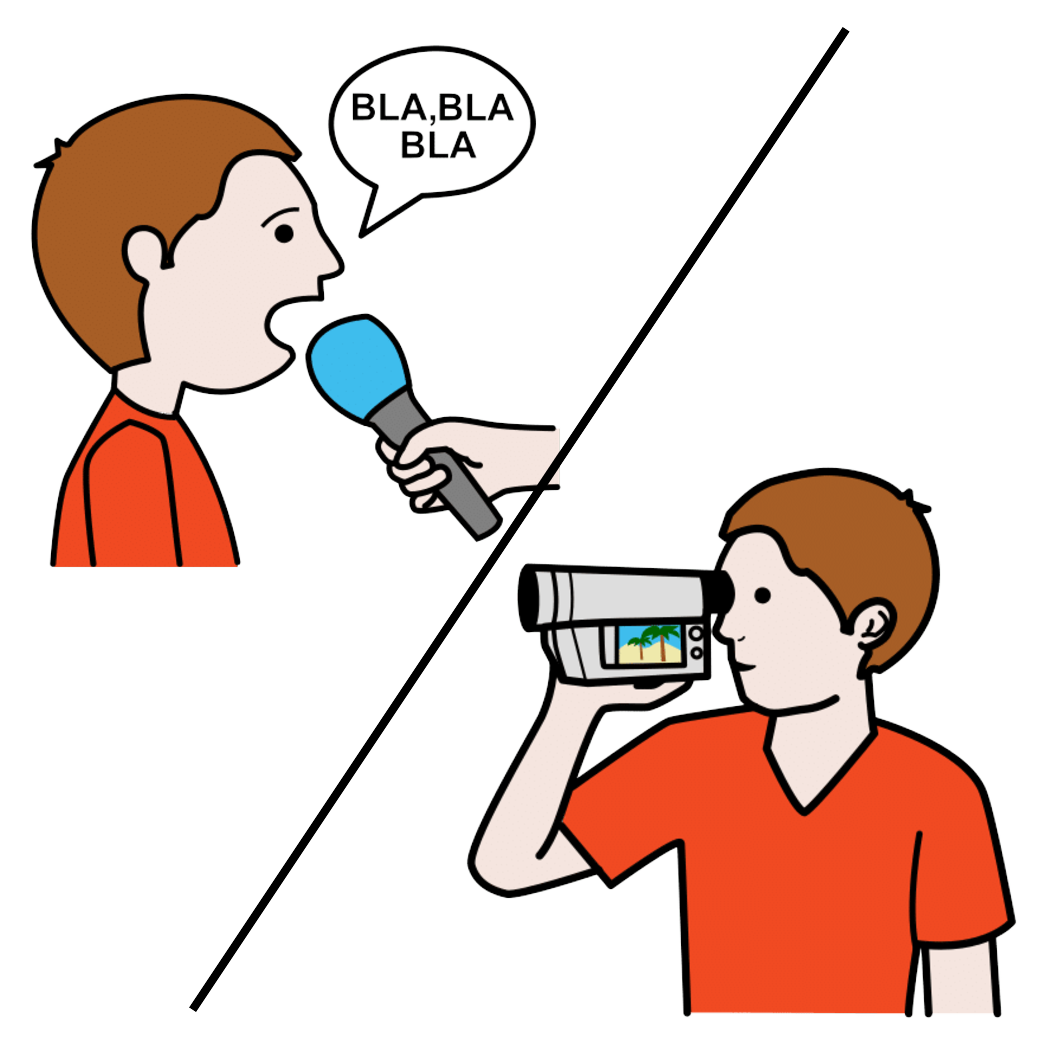 The interview can be live or recorded previously.
The interview can be live or recorded previously. The CLOSED interview only offers YES or NO questions.
The CLOSED interview only offers YES or NO questions.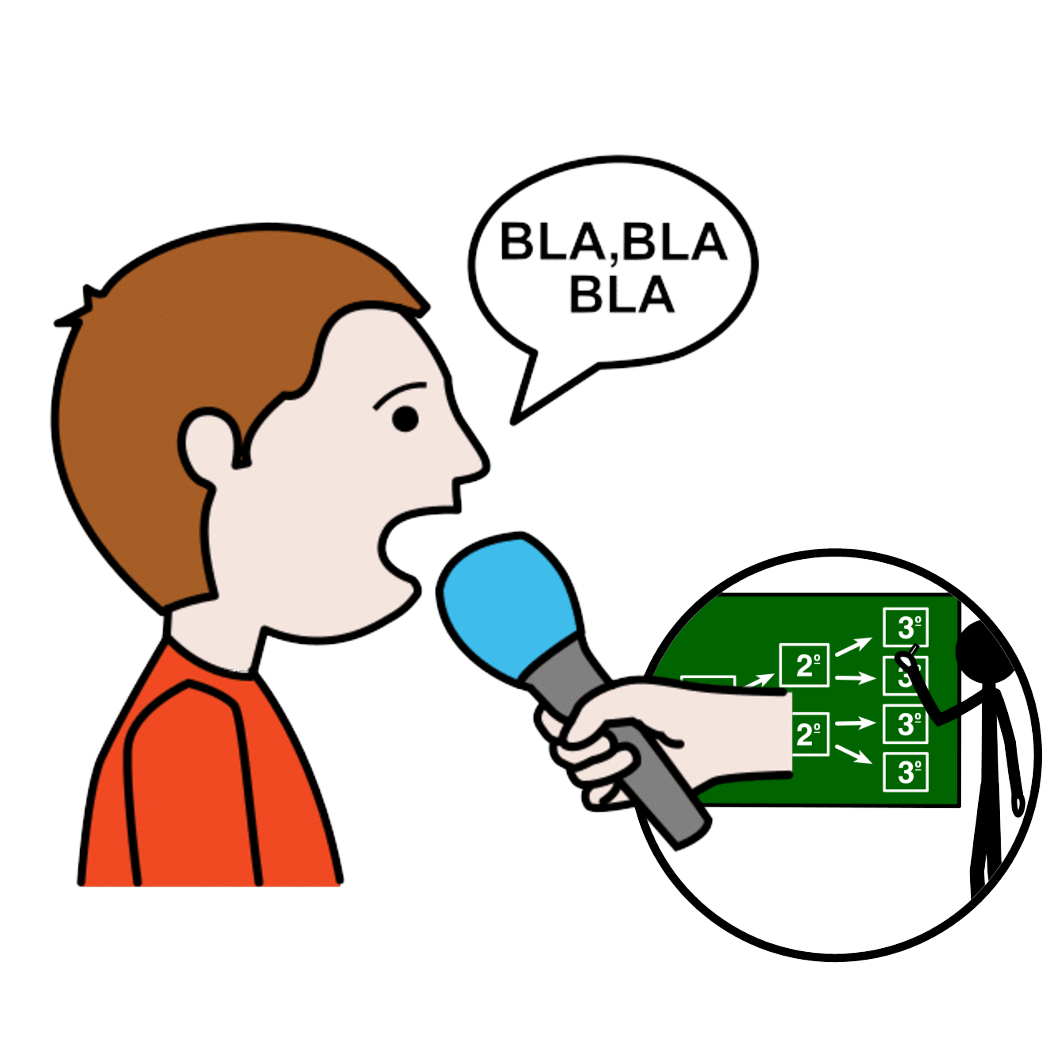 The STRUCTURED interview has all the questions previously prepared.
The STRUCTURED interview has all the questions previously prepared. The SEMISTRUCTURED interview includes questions that weren’t prepared.
The SEMISTRUCTURED interview includes questions that weren’t prepared.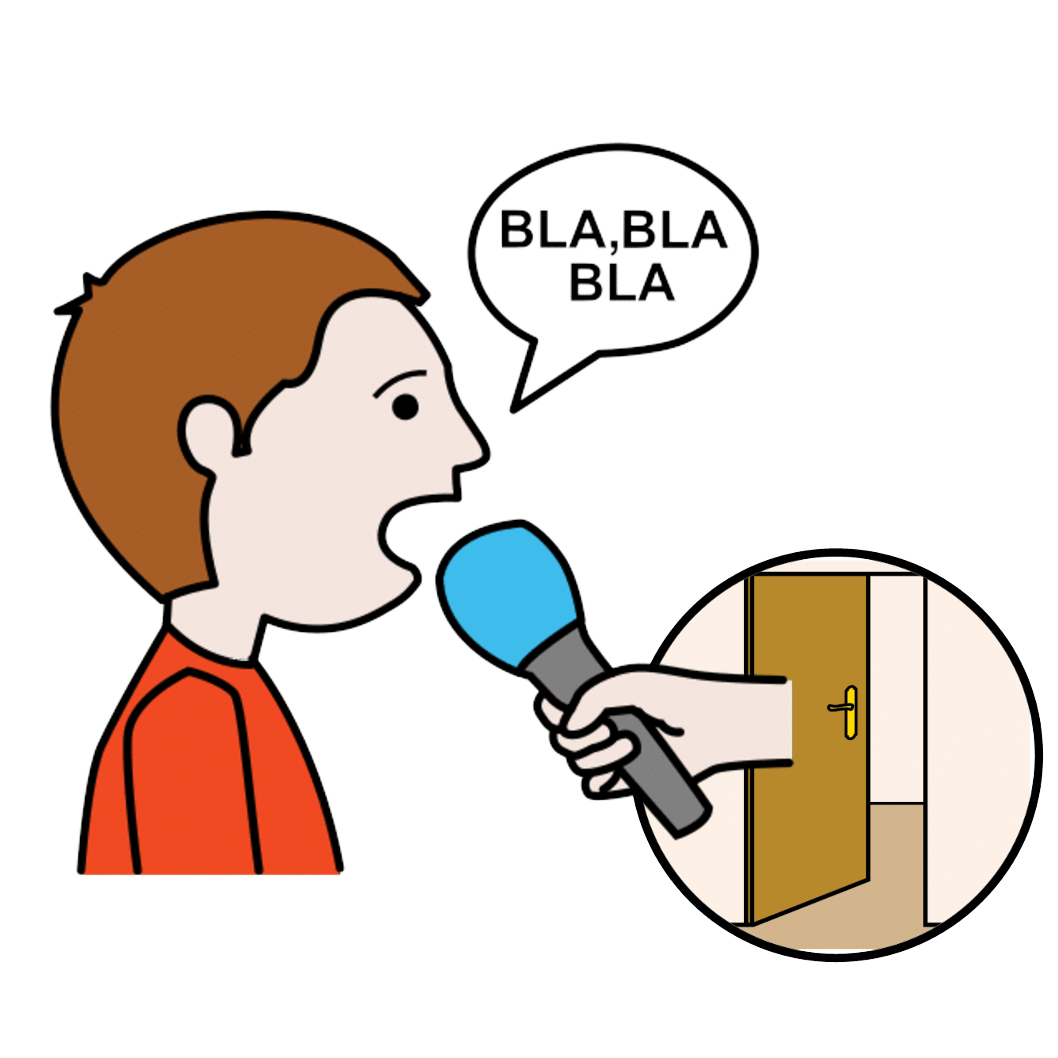 The OPEN interview has no limitations to questions.
The OPEN interview has no limitations to questions.To make the right decisions you have to understand and compare the information we just presented.
For instance, identifying and comparing the role of the interviewer and the interviewee will be essential to do the task correctly.
To know the features of an interview, a questionnaire or a roundtable discussion will also be helpful to make decisions for this task.
In this section you’ll also have to learn to identify the main and secondary ideas to be able to do your work much better. If you want more information about how to do this you can click the following link: What is the most important? | Teaching guide - Learning to learn competence (Secondary) (juntadeandalucia.es)
Para tomar decisiones adecuadas debes comprender y comparar toda la información que te acabamos de presentar.
Por ejemplo, identificar y comparar las funciones de entrevistador y entrevistado será esencial para hacer la tarea correctamente.
Y conocer las características de una encuesta, un cuestionario o una mesa redonda también te ayudarán en tu toma de decisiones para hacer la tarea.
En este apartado tendrás también que aprender a identificar las ideas principales y secundarias para poder hacer la tarea mucho mejor. Si quieres más información sobre cómo hacer esto puedes visitar el siguiente enlace: ¿Qué es lo más importante? | Guía didáctica de la competencia aprender a aprender (Secundaria) (juntadeandalucia.es)
If you’re a curious person, learning to do an interview will be fun. Pay attention and do your best. What you learn here will be essential to succeed in your final task.
Make questions for these answers and then record them. Pay attention to the words in bold, and continue the sentence. There may be different questions.

I’m going to the doctor because I have a cold.
Why…

I used to like playing marbles with my friends.
What did you…
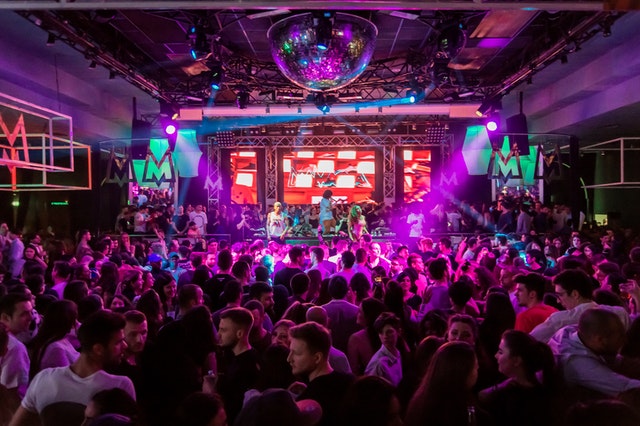
I went to a disco for the first time when I was 22 years old.
When did you…

No, I didn’t like hunting, I liked fishing better.
Did you…

My best moment was when I won a trophy doing karate.
What was…
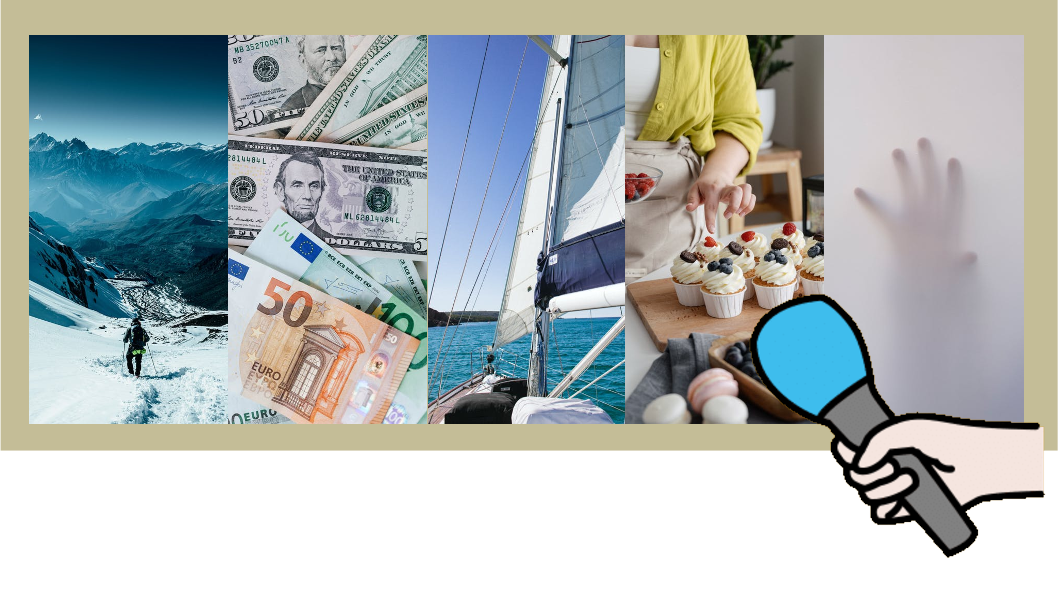
What would you ask someone who…? Make at least two questions for each one.
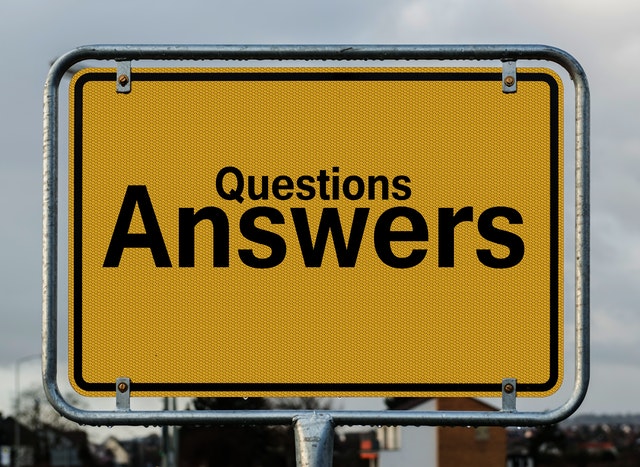
Have you ever thought of your professional future? Maybe you like Journalism and Media. The world of social communication and information is passionating, and transmitting reality through information media requires specific abilities and analytical, critic and reflecting capacities.
In our country there are and there have always been, great journalism and broadcasting professionals from different backgrounds, to learn from. Sure you know some of them.
Licensed under the Creative Commons Attribution Non-commercial Share Alike License 4.0